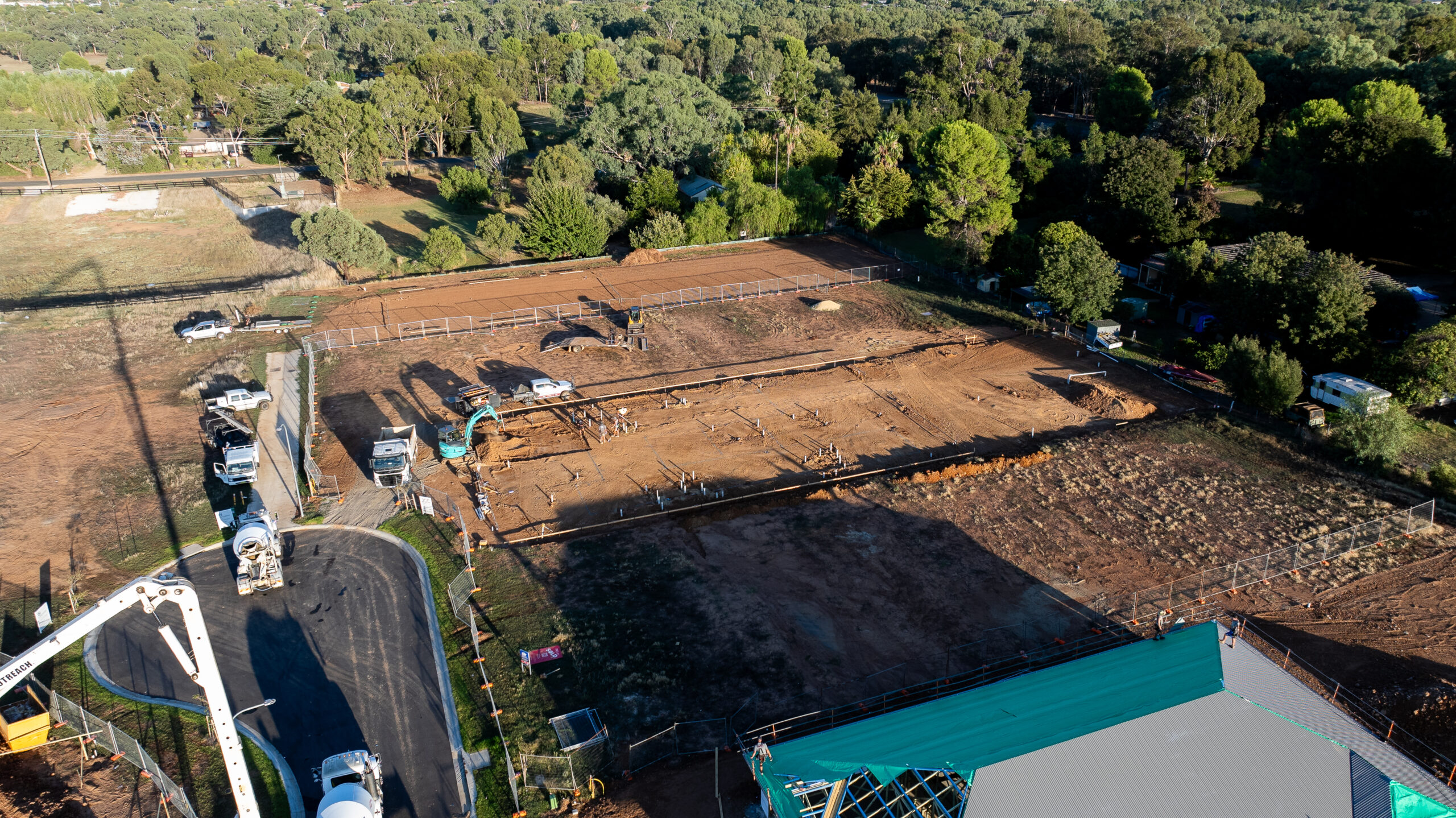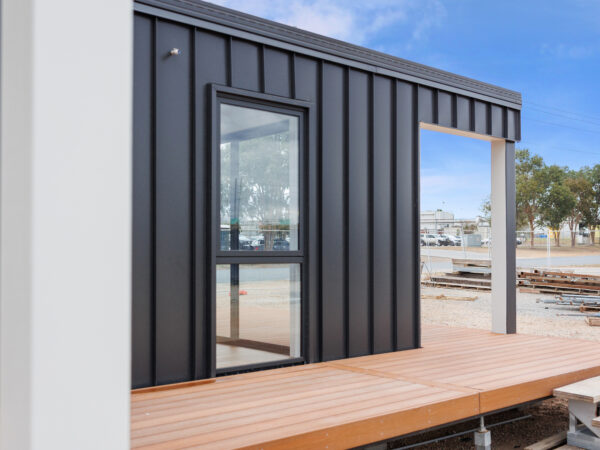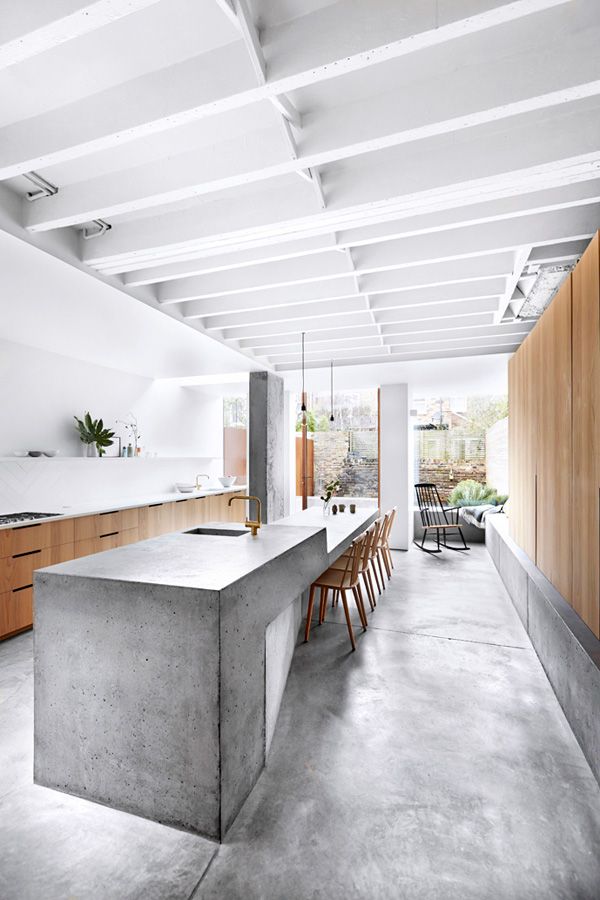If you are about to start building a new home, chances are you have a list filled with things like tapware, benchtops, splashbacks, and feature lighting. While those details are exciting, they should not be the first things you decide on. If you want a home that is comfortable, affordable to run, and built to …
If you are about to start building a new home, chances are you have a list filled with things like tapware, benchtops, splashbacks, and feature lighting. While those details are exciting, they should not be the first things you decide on. If you want a home that is comfortable, affordable to run, and built to last, you need to start with the right foundations.
Here is what should actually be at the top of your list when planning a new build. These steps will help you create a home that is both beautiful and energy efficient.
1. Choose your home designer or draftsperson first
Before you even think about builders or finishes, engage a home designer or draftsperson. This is one of the most important decisions you will make in the entire building process.
A skilled designer will take into account the orientation of your block, your lifestyle, your budget, and your long-term goals. They will design a floorplan that flows well, captures natural light, and works with the seasons. They will ask questions about how you want to live, not just what colour you want your kitchen cabinets to be.
This is what sets the tone for everything that follows. A well-designed home is easier to build, more cost-effective to run, and more enjoyable to live in.
2. Prioritise energy efficient home design
If you want a sustainable home that feels good year-round and saves money on energy bills, energy efficiency needs to be front and centre.
Make sure you consider:
- North-facing living areas to capture natural warmth in winter
- High-quality insulation to reduce heat transfer
- Airtight construction and proper ventilation
- Double or triple glazed windows in the right locations
- Energy-efficient heating and cooling systems
These features do not just improve comfort. They also increase your home’s value and future-proof it against rising energy costs.

3. Do not worry about finishes too early
It is tempting to spend hours picking paint colours and scrolling tapware online. But these choices should come later in the process. If the floorplan is not functional or the orientation is wrong, no amount of styling can fix that.
When you plan the structure and performance of your home first, the aesthetic decisions become easier. You will know the layout works, the light is right, and the home performs well. Then you can confidently choose the fun stuff like tiles and textiles.
4. Understand why volume builders may not be right for you
Volume builders work from standard house plans. These plans are designed to suit many blocks and buyers, not you specifically. They often do not factor in solar orientation, climate responsiveness, or energy efficiency.
This is where a custom designer or independent draftsperson shines. They create sustainable house plans that suit your block and your goals. A custom approach may take a little longer upfront, but it will save you time, money, and stress later.
Start smart and build better
The most important decisions you make during a home build happen well before construction begins. If you want a home that is sustainable, energy efficient, and built to last, you need to prioritise design and performance from day one.
Start with a great designer. Focus on how your home will function. Make energy efficiency non-negotiable. The beautiful finishes will follow naturally, and your home will be one that you love for years to come.
Planning to build soon?
I can help with custom design concepts, floorplan reviews, and selections to make your build smoother and more sustainable. Reach out if you want support before you start locking in plans and finishes.
Be the first to read my stories
Get Inspired by the World of Interior Design
Thank you for subscribing to the newsletter.
Oops. Something went wrong. Please try again later.






